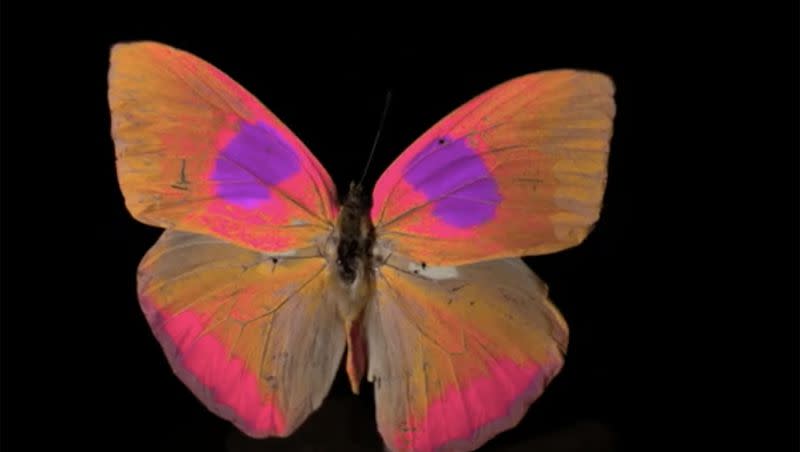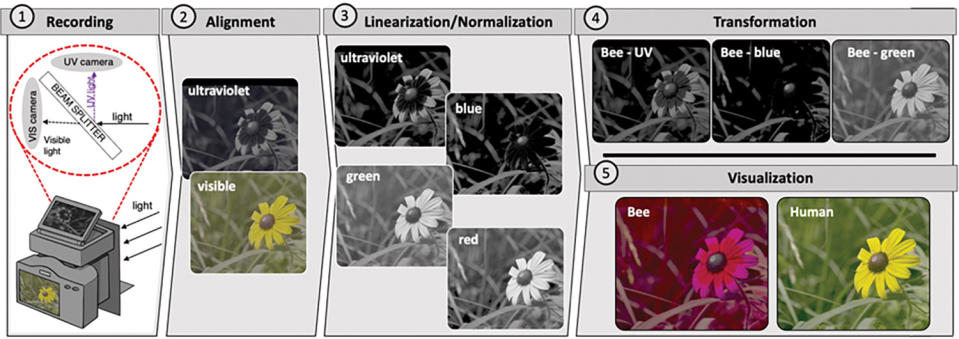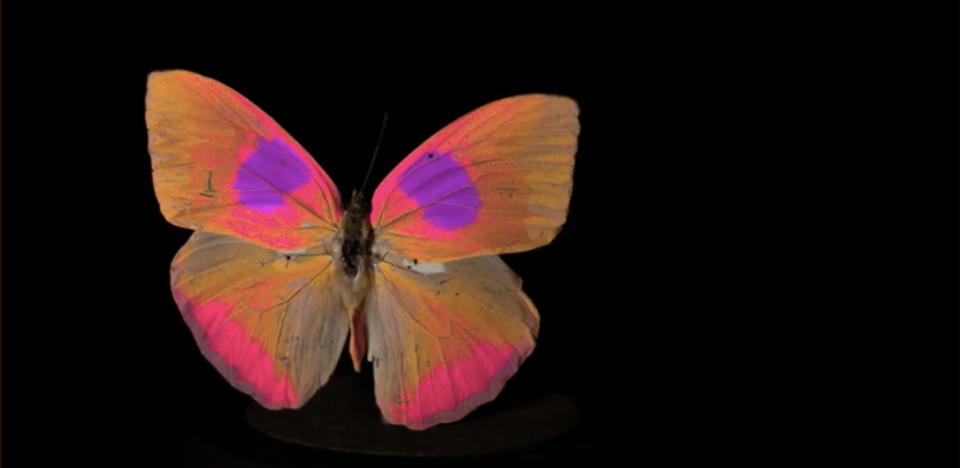A new camera created by scientists lets us see colors only seen by animals

Scientists have created, per a new study, a camera that can take videos of natural life and convert them to the different color spectrums animals use.
According to the Scientific American, the human eye has three cone cells with photoreceptors that see red, blue and green wavelengths — creating millions of combinations into what we know as the visible light spectrum.
Certain animals are known to see light and colors not on this spectrum, known as UV light, including birds, honeybees and reptiles, per Scientific American. According to the The New York Times, birds have cone cells that see UV light and gives them access to a bigger color spectrum than humans possess.
What did the study reveal?
One of the breakthroughs of the study is a new method that can accurately capture these additional color spectrums in a video.
Per the Scientific American, this method includes setting up two different cameras — one that captures UV light and the other that captures visible light. These cameras capture the two separate wavelengths of light from a portable 3D-printed enclosure created by the scientists that contains a beamsplitter, allowing the UV light and visible light to be split.
Using the software and settings provided by the team behind the study, people can combine the correlating videos from each camera to create the accurate color spectrum of different animals.

Why does this matter?
In the introduction to the study, scientist Vera Vasas and her associates explain that until now, current cameras and techniques couldn’t accurately capture what one thing may look like from different animal perspectives, leaving it up to the imagination.
Along with that was the difficult task of capturing other color spectrums on video. Modifying camera systems and their associated computational frameworks allows someone to take videos from an animal’s color spectrum point of view.

Vasas told the The New York Times, “To prove that the system works, I have learned things that I didn’t know, and I am supposed to be a color vision expert!”
Scientific American highlights the possibilities this new camera has for ecologists and the science field in general: “Conservation work to develop bird-safe windows or to minimize the impacts of light pollution on insects. The setup can also build false-color reconstructions of the videos that approximate what it might look like to have this UV vision.”

